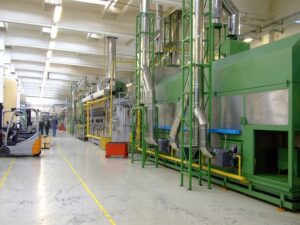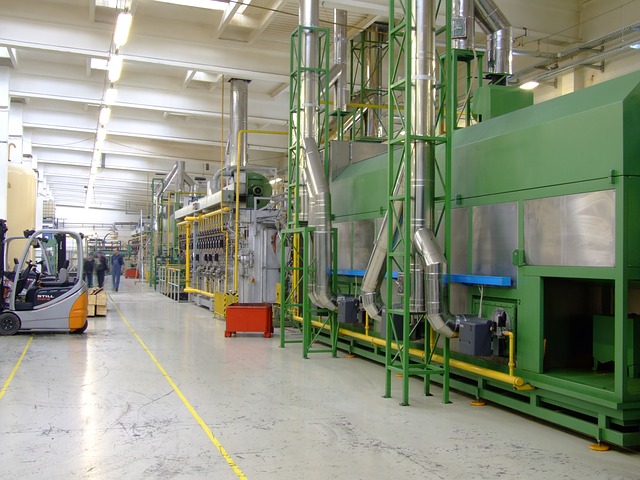
The Philippine manufacturing sector expanded in September as more parts of the economy reopened following easing of quarantine restrictions to contain the COVID-19 pandemic.
The Purchasing Managers’ Index (PMI) rose to 50.1 from 47.3 in August, according to the latest survey of IHS Markit. This is the highest reading since February and signaled that operating conditions were broadly stable across the goods producing sector.
A reading above 50 indicates an expansion, below 50 a contraction and 50 no change.
“The latest Philippines manufacturing data showed that operating conditions stabilized at the end of the third quarter. New business expanded for the first time since February, albeit tentatively, while production levels dropped only slightly,” IHS Markit economist David Owen said in a statement.
He noted that for surveyed firms, the ongoing pandemic-related restrictions continued to limit the performance of the sector, forcing some businesses to pare back operations.
Production volumes fell for the third month running in September, with firms often indicating that ongoing COVID-19 restrictions continued to hamper activity. But the rate of contraction eased to the slowest in the current period of decline and was only slight. Companies that reported growth indicated this was due to the resumption of production schedules.
Total new orders increased for the first time since February, but only marginally. IHS Markit said survey respondents linked higher sales to the reopening of the economy and firmer client demand.
Mirroring the trend seen for total new orders, export sales also expanded in September, ending a six-month sequence of contraction. Survey panelists mentioned that clients were often buying in advance to prepare for firmer market conditions in the months ahead.
Despite the upturn in new orders, workforce numbers decreased, extending the current trend of falling employment to seven months.
Higher transportation costs, material shortages and reports of supplier surcharges related to COVID-19 resulted in a solid increase in cost burdens during September, IHS Markit noted.
It added, however, that manufacturers had some difficulty passing on higher costs to clients due to tough market competition, with factory gate charges rising only marginally.
Goods producers, meanwhile, remained optimistic about output volumes over the next 12 months. Business expectations are the highest since February as firms hope demand will return to pre-virus levels. But the level of positive sentiment is well below the long-term average, as those with subdued expectations often mentioned sustained revenue losses and uncertainty related to COVID-19.





